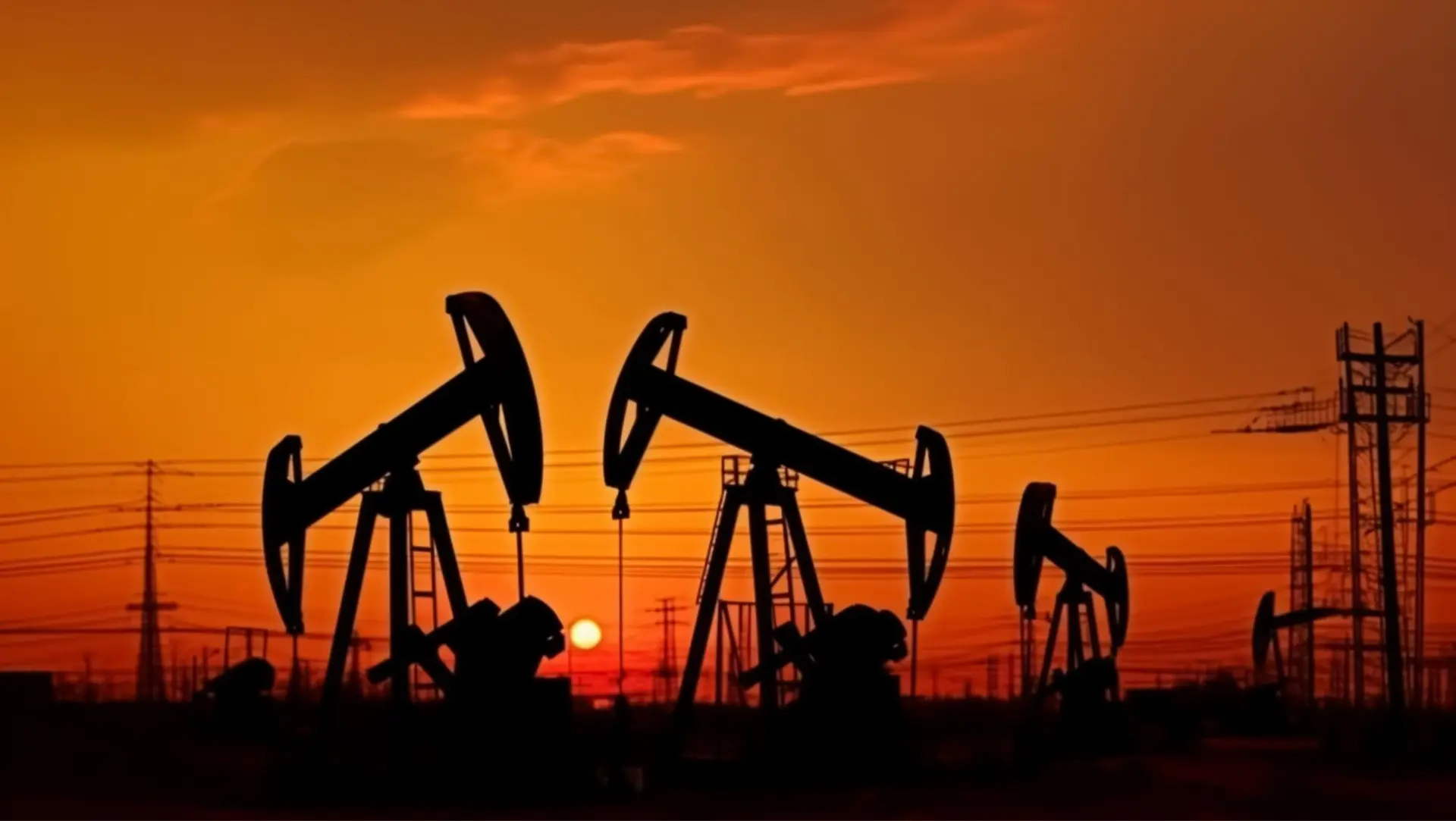Machine Learning for Risk Management in the Oil and Gas Industry
The oil and gas sector faces numerous risks, especially those related to equipment failure. Traditional approaches to inspection and maintenance are no longer sufficient due to the increasing complexity and volume of inspection data. A recent literature review shows that machine learning could revolutionize risk management practices within the industry.
The review emphasizes the importance of inspection in evaluating equipment risk and calculating remaining useful life (RUL). Traditional models struggle to handle large datasets efficiently, but by integrating machine learning algorithms, particularly in time-series forecasting and risk-based inspection methods, these limitations can be overcome.
Advanced machine learning techniques, such as the Gaussian mixture model, offer a promising avenue to address the shortcomings of traditional clustering approaches. By using different machine learning classifiers, including Decision Trees, Logistic Regression, Support Vector Machines, K-nearest neighbors, and Random Forests, companies can predict equipment failure probabilities and estimate severity levels with greater accuracy.
Implementing artificial intelligence into risk management systems can help companies streamline inspection data handling, enhance risk assessment capabilities, and ultimately improve operational efficiency and safety. However, the full implementation of machine learning in risk management requires further research and development to unlock the full potential of these technologies and ensure their seamless integration into industry practices.
You can read the full review through the link below to understand how using machine learning-driven risk management solutions can help the oil and gas sector to ensure safety and reliability of operations in this dynamic environment.

